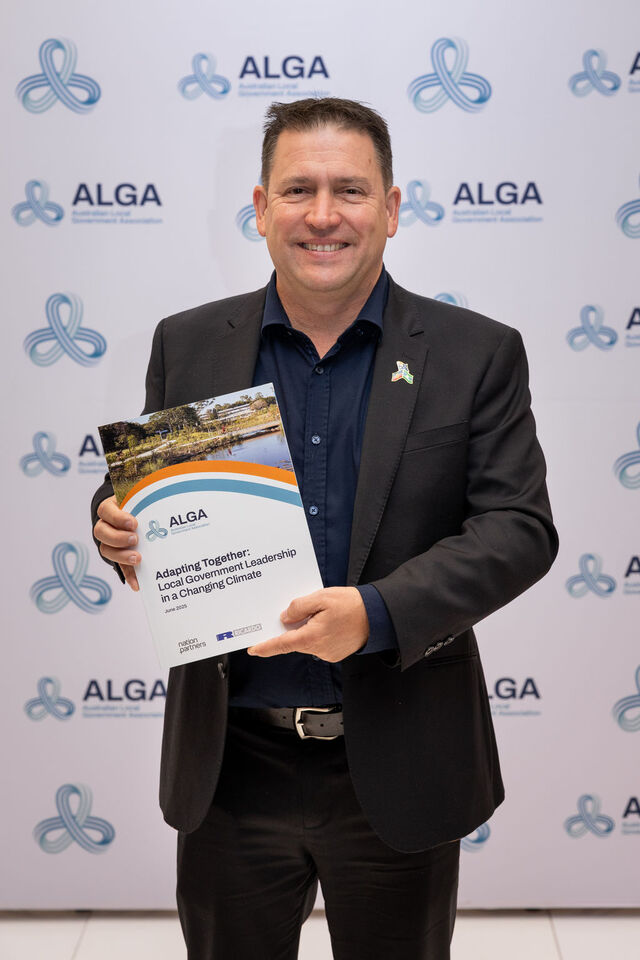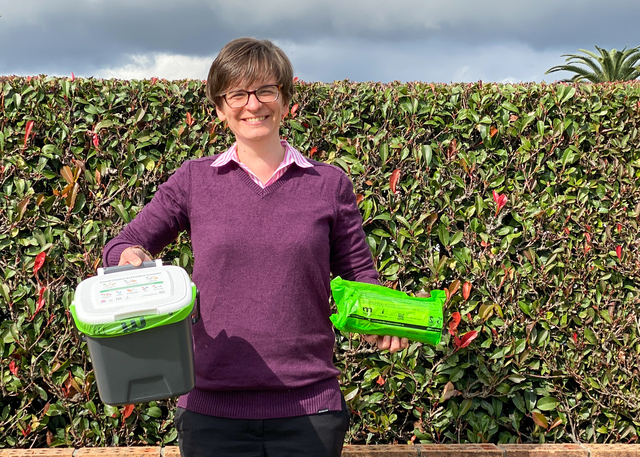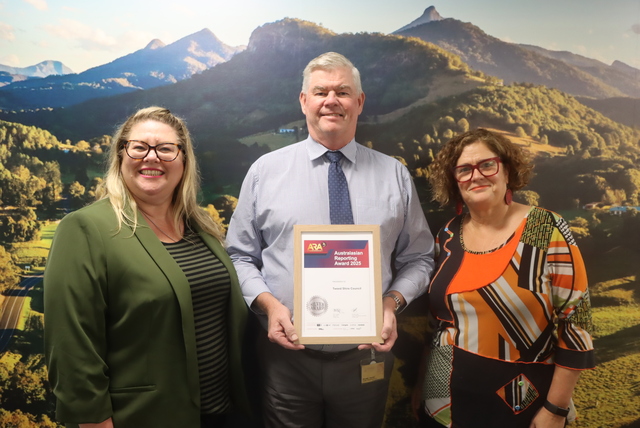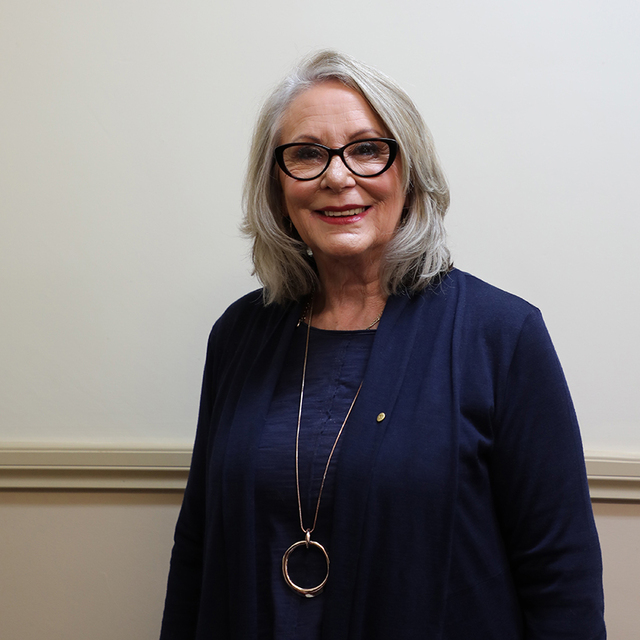To celebrate the Year of the Outback, Councils around the nation quickly recognised a great opportunity to work with their communities in showcasing what makes their locality and lifestyle special. Towns and localities have developed a host of ways to both mark the achievements of the past and identify ways to build on their local strengths as they plan for a more prosperous future.Throughout the year, FOCUS has covered various initiatives and celebrations organised by local communities and regions. We also aimed to promote as many rural or remote Councils as possible through our four page supplements during 2002. To date, such Councils include Kalgoorlie, Flinders Island, Carrathool and Alice Springs. We will also be featuring the Shire of Ashburton in Western Australia later in the year.
Local and visitor support for the array of special events organised as part of the celebrations has been excellent. The recent launch of a photographic exhibition in Chillagoe, in North Queensland, resulted in some 500 people attending the official opening. Located west of Cairns, in the Shire of Mareeba, and with a total population of around 300 people, a turn out of 500 in Chillagoe is a great effort.
Australia is a popular tourist destination for international travellers keen to experience our wide open spaces, ancient landscapes and the unique lifestyle of those who live in outback Australia. As such, various celebrations have been designed to attract additional overseas visitors. Later this month, Alice Springs is staging Outback Central 2002. The International Symposium of Desert Knowledge and Outback Expo will see delegates from around the globe joining with the residents of Central Australia to celebrate the achievements of our rural and remote regions. This international gathering will look at issues relating to the environment, community, desert dwelling, industry, culture, health and tourism.
It is a well accepted fact that life can be tough and unpredictable for those who choose to live in the 84 per cent of Australia that lies outside the urban fringe. With all indicators pointing to the return of El Nino weather conditions, many areas are now experiencing a severe drought and an increasing likelihood of worse to come. With large tracts of the countryside having received just a one season reprieve from the last major drought, the resolve of Councils and their communities to battle through will, once again, be sorely tested. The potential of a rural downturn and flow on consequences for small towns and regional centres will call for additional innovative ideas and community empowerment to carry these through.
No doubt Councils and their communities will again rise to the challenge.







